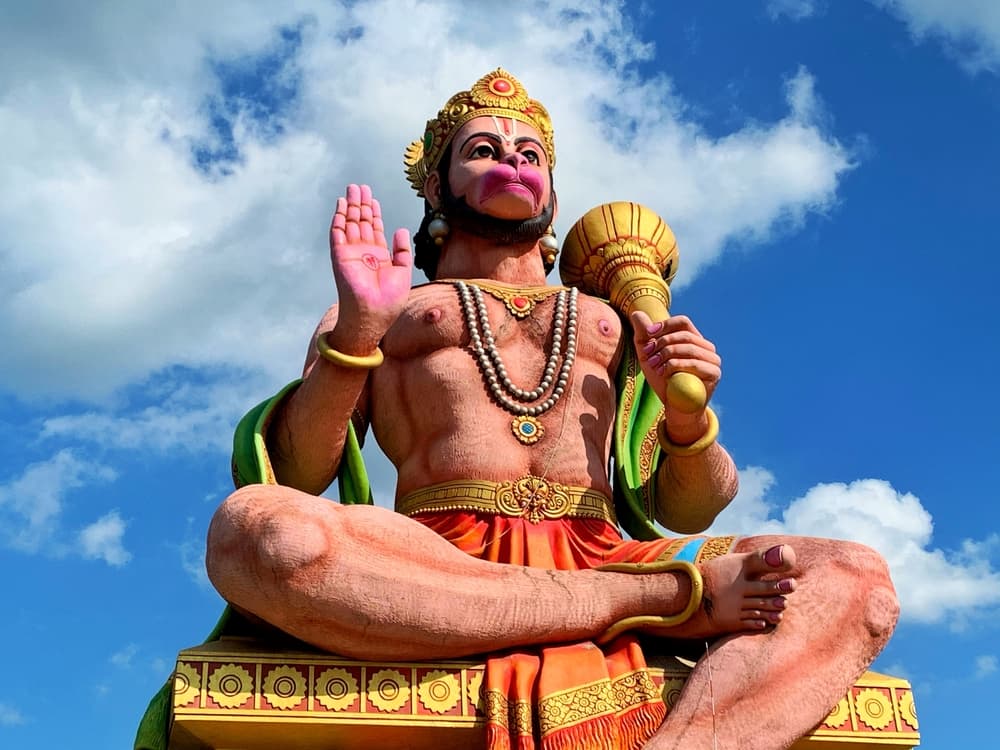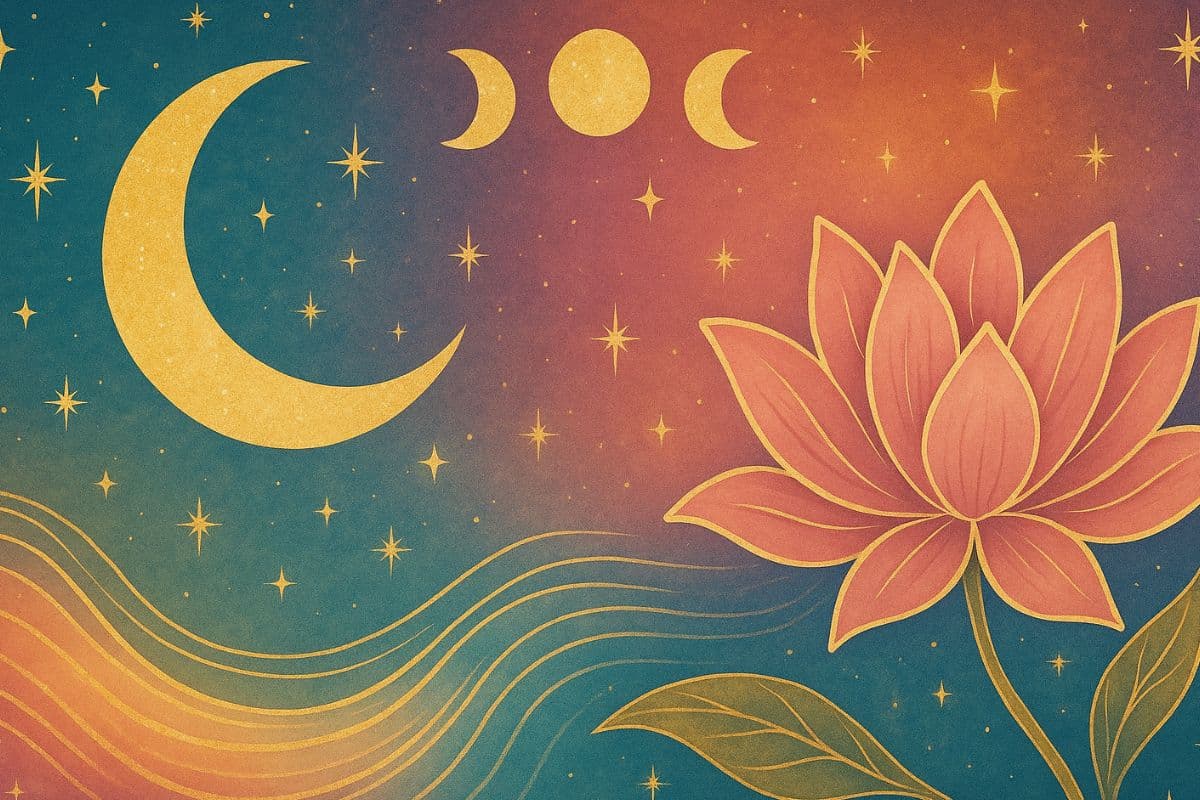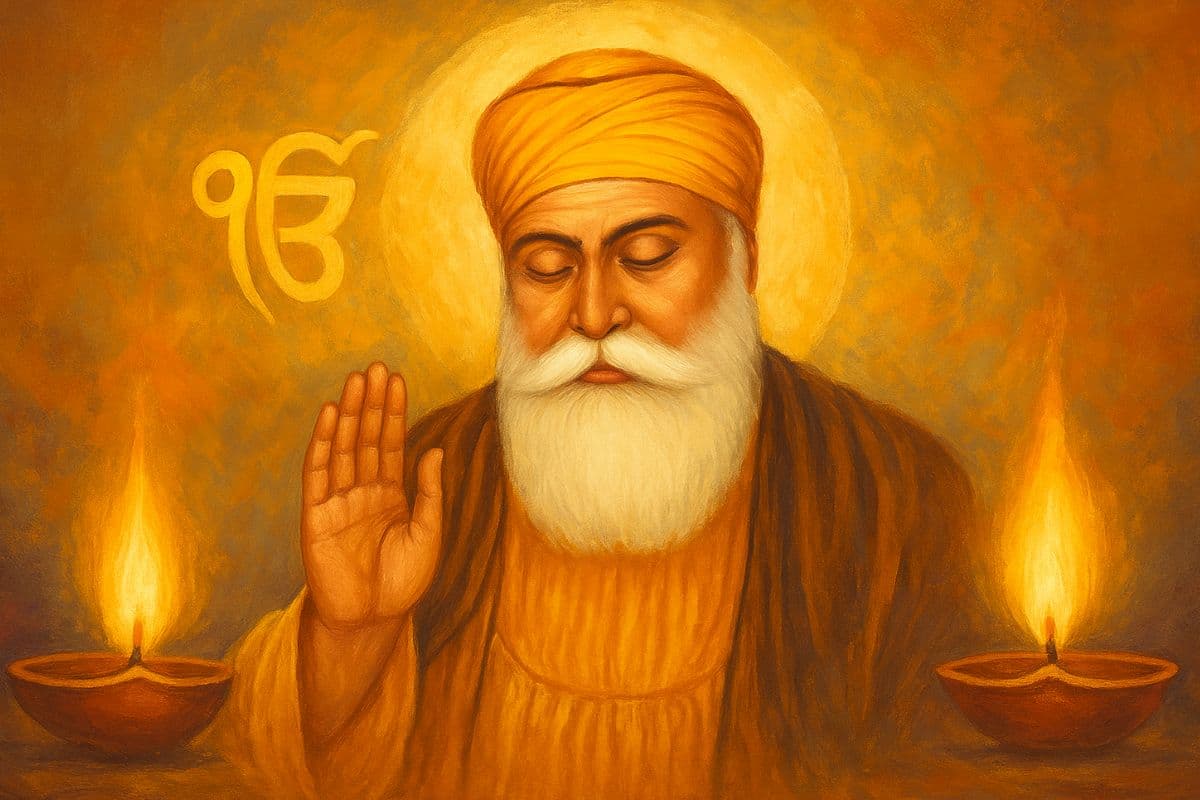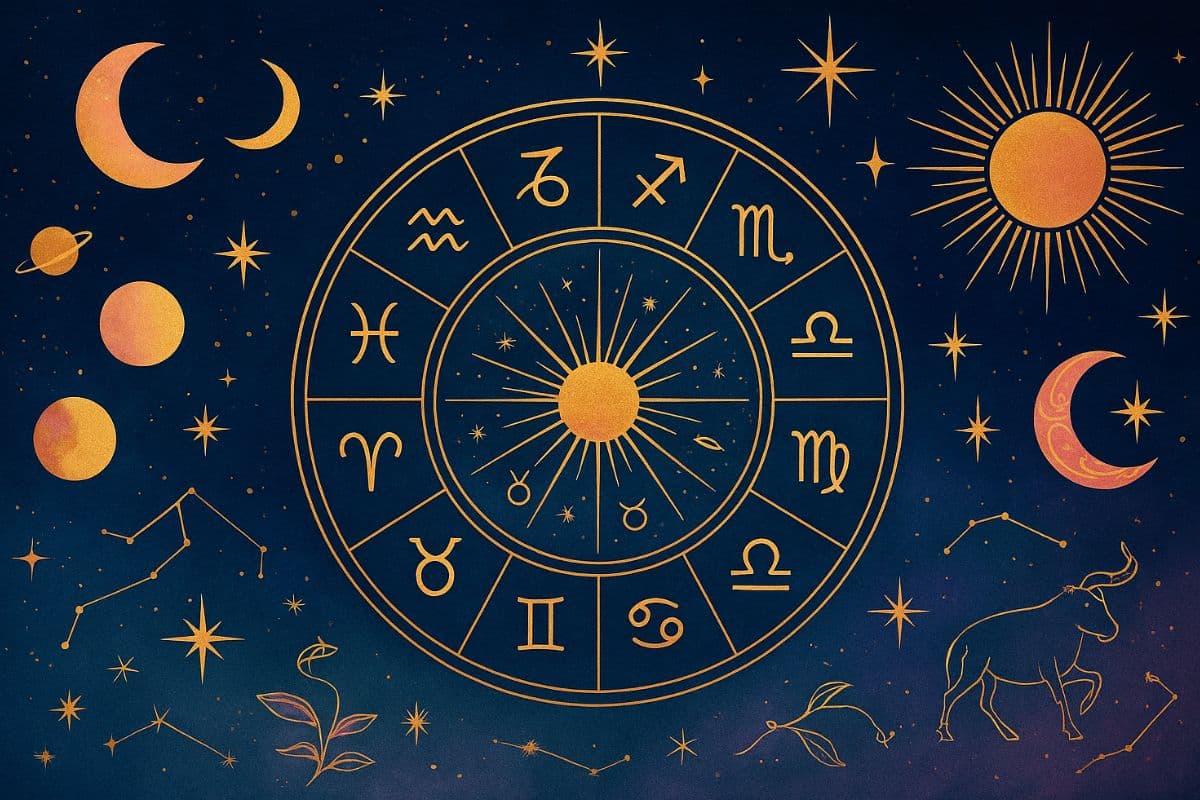Bada Mangalvaar: Rituals For Auspicious Tuesdays Dedicated to Hanumanji

Tuesdays of the month of May and early June 2025 take on a deeply spiritual hue. Known as Bada Mangalvaar or Budhwa Mangal, these Tuesdays are dedicated to the worship of Lord Hanuman, the mighty vanara and ardent devotee of Lord Rama.
Tuesdays of the month of May and early June 2025 take on a deeply spiritual hue. Known as Bada Mangalvaar or Budhwa Mangal, these auspicious Tuesdays falling in the Hindu month of Jyeshtha are dedicated to the worship of Lord Hanuman, the mighty vanara and ardent devotee of Lord Rama. What sets Bada Mangalvaar apart is not just the spiritual observance, but the spirit of community, service, and open-hearted devotion that pervades the streets, temples, and homes of those who celebrate it.
What is Bada Mangalvaar?
Bada Mangalvaar, falls on May 20 and 27 and also on June 3 and 10 in the year 2025. While every Tuesday (Mangalvaar) is considered sacred to Hanuman, the Bada Mangalvaars in May and early June are believed to be especially powerful, with increased spiritual merit (punya) for those who offer prayers, conduct rituals, and engage in acts of charity.
Mythological Significance
There are several legends that surround Bada Mangalvaar. One popular belief is that Lord Hanuman appeared in the dream of a local noblewoman, who then had a temple built in His honor. As the temple was inaugurated in the month of Jyeshtha on a Tuesday, the day gained significance. Over time, devotees started observing special rituals on every Tuesday of this month, leading to the celebration we now know as Bada Mangalvaar.
Hanuman is revered as a symbol of strength, selfless devotion, and protection. Devotees believe that praying to him during Bada Mangalvaar can remove obstacles, cure diseases, and bring peace to families.
Celebrations and Rituals
Temple Visits and Special Aartis:
Devotees flock to Hanuman temples early in the morning, often barefoot, to offer red flowers, sindoor (vermilion), jaggery, and laddoos. Temples are adorned with garlands, and priests perform special Sankatmochan Aartis to invoke blessings.
Bhandaras (Community Feasts):
One of the most beautiful traditions associated with Bada Mangalvaar is the organizing of bhandaras, or free food distribution camps. These are not limited to temple premises—locals set up stalls on roadsides, markets, and even in residential neighborhoods, offering cool drinks, water, sharbat, fruits, and full meals to anyone who wishes to partake, regardless of caste, creed, or religion.
Charity and Seva:
Bada Mangalvaar emphasizes daan (charity) and seva (selfless service). People donate clothes, money, or food to the needy and volunteer at temples or bhandaras.
Chanting and Hanuman Chalisa Recitation:
Devotees often gather in groups to chant the Hanuman Chalisa, a 40-verse devotional hymn, believed to invoke Hanuman’s blessings and ward off evil energies.
A Festival of Unity
What makes Bada Mangalvaar especially remarkable is its secular, inclusive spirit. While it is rooted in Hindu faith, the practice of feeding the poor and serving humanity transcends religious boundaries. In Lucknow, it’s not uncommon to see people of all faiths contributing to the bhandaras, symbolizing the syncretic culture of the city.
In many ways, Bada Mangalvaar is not just about worship—it's about kindness, service, and the collective joy of giving. In an increasingly fast-paced world, this tradition serves as a gentle reminder that faith can be both deeply personal and beautifully communal.
How You Can Observe Bada Mangalvaar
If you're inspired to observe Bada Mangalvaar this May, here are a few simple ways to do so:
- Visit a Hanuman temple and offer a simple prayer or donation.
- Recite the Hanuman Chalisa with friends or family.
- Distribute food or drinks to the poor or set up a small stall if you’re able.
- Reflect on Hanuman’s qualities—strength, loyalty, humility—and see how you can embody them in daily life.
Bada Mangalvaar is a celebration of devotion and compassion. Whether you’re drawn to its spiritual essence or its humanitarian undertone, participating in this age-old tradition—even in a small way—can be both grounding and uplifting.
So this May, if you find yourself walking down a street where cold water is being handed out with a smile, or the aroma of freshly made puris and halwa fills the air, know that it’s the spirit of Bada Mangalvaar at work—reminding us that divinity often reveals itself through the simple act of serving others.



